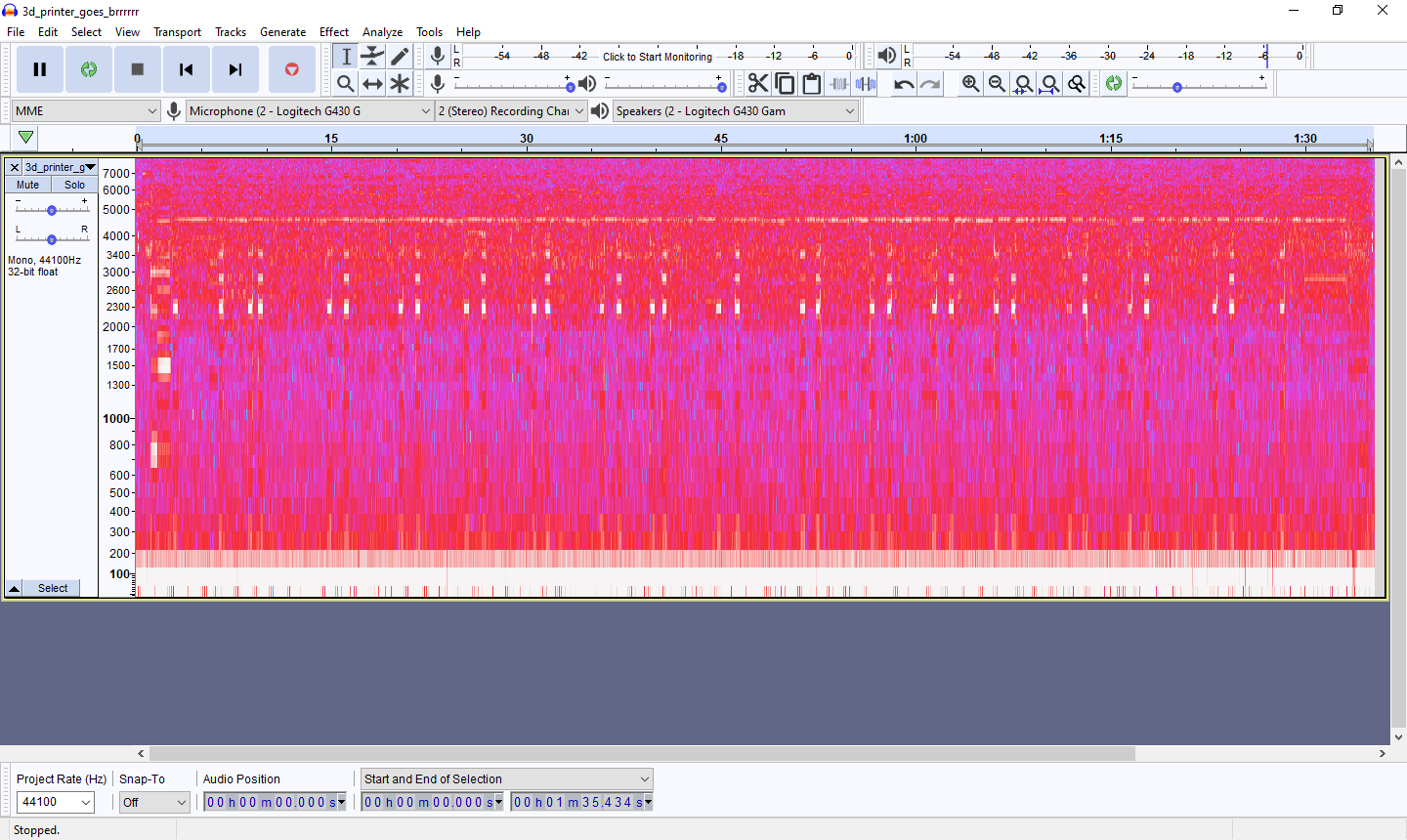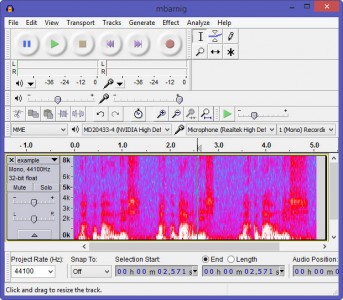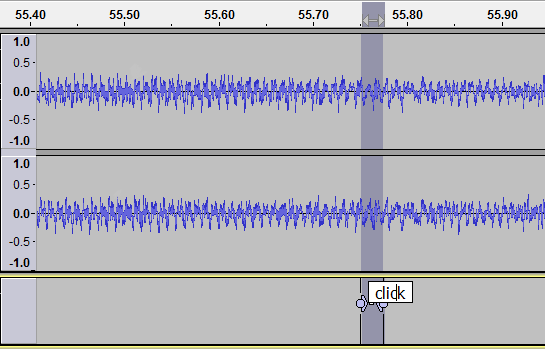

- #AUDACITY SPECTROGRAM PRO#
- #AUDACITY SPECTROGRAM CODE#
- #AUDACITY SPECTROGRAM WINDOWS 7#
- #AUDACITY SPECTROGRAM MAC#
- #AUDACITY SPECTROGRAM WINDOWS#
They won't work with the Pro or MegaPAK version because they need the RealTracks from the 2022 UltraPAK, UltraPAK+, or Audiophile Edition. Note: These Xtra Styles PAKs require the UltraPAK, UltraPAK+, or Audiophile Edition of Band-in-a-Box® version 2022.
#AUDACITY SPECTROGRAM WINDOWS#
Learn more about Xtra Styles PAKs 1-13 for Windows and for Mac. We have even included several MultiStyles that include up to ten substyles each for your advanced arrangements! Spend less time mixing and more time creating, with Xtra Styles PAKs! $349)!Įxpand your Band-in-a-Box® 2022 for Windows UltraPAK, UltraPAK+, or Audiophile Edition with Xtra Styles PAKs! These Xtra Styles PAKs will add TONS of imaginative styles to your collection, spanning several genres like jazz, rock, bluegrass, country, pop, blues, singer/songwriter, and more! Every RealStyle is professionally mixed and uses a unique arrangement that has never been used by our previous styles. Shorter windows measure the frequencies less precisely, but are better able to deal with rapid variation in frequencies.Until September 30th, save over 40% on our Xtra Styles PAKs 1-13 with over 2,200 RealStyles (and 35 MIDI Styles)! Each set is on sale for $29 or get them all in the Xtra Styles PAK 1-13 Bundle for only $199 (reg.

At long window sizes the algorithm sees more repeats of the same pattern of sound, and is better able to make fine distinctions between frequencies - provided the frequencies are constant rather than varying. The interactive diagram lets you choose a window size to see how the spectrogram varies. A window of 8192 samples, the longest window we offer, is taking samples over a duration of 8192/44100 seconds, or about 1/5th of a second. When measuring the frequencies, Audacity looks over a range of samples called a 'window'. 4,410 samples would be 1/10th of a second and 441 samples 1/100th of a second. The underlying audio was sampled at a frequency of 44.1KHz (see panel in left of spectrogram), in other words there are 44,100 audio samples for each second of sound.
#AUDACITY SPECTROGRAM MAC#
For macOS 10.12 (Sierra) and earlier, legacy versions of Audacity are available on the Legacy Mac downloads page.

#AUDACITY SPECTROGRAM WINDOWS 7#
Sound visualizations of a northern cardinal call in Audacity. For Windows 7 and earlier, legacy versions of Audacity are available on the Legacy Windows downloads page. Step 2: Select frequencies of the crackle. Step 4: Click on Spectrograms under the Tracks heading in the left side of the window. spectrogram, while the higher-frequency trills of birds. Step 1: Load the track, hit the downward arrow at the top of the track and choose Spectrogram View.

The horizontal axis is time and the vertical axis frequency. Audio online Analysis: Spectrogram view modes for visualizing frequencies. The interactive diagram below shows a spectrogram for the word 'Audacity'. Audacity online is an audio editor to import your own audios, remove noise. Spectrgrams can contain images as shown by the example above from Aphex Twin. Spectrograms are sometimes called spectral waterfalls, voiceprints, or voicegrams. We aim to increasingly add interactive diagrams to these pages and over time connect better to the doxygen documentation. A spectrogram is a visual representation of the spectrum of frequencies in a sound or other signal as they vary with time or some other variable.
#AUDACITY SPECTROGRAM CODE#
This page of developer code and/or digital audio documentation is part of a collection of pages for learning about our code. Linear The linear vertical scale goes linearly from 0 kHz to 8 kHz frequency by default.


 0 kommentar(er)
0 kommentar(er)
